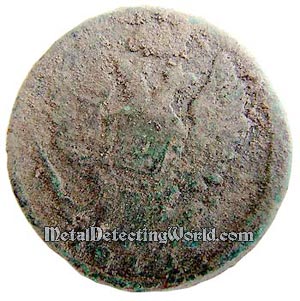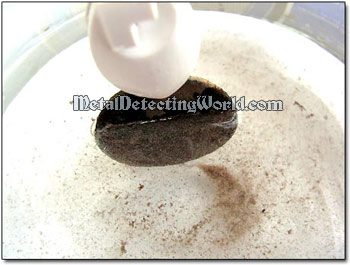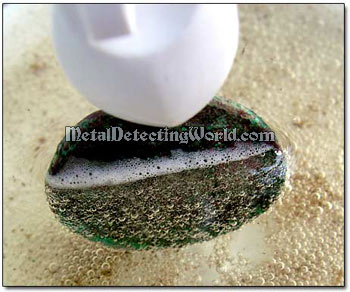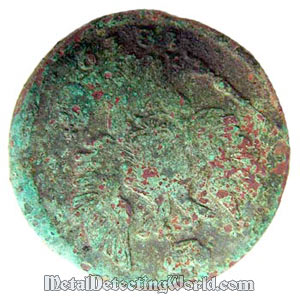Cleaning and Preservation of Coins - A Complete Guide, page 11
CHEMICAL CLEANING OF COINS: Hydrogen Peroxide Immersion Bath
NOTE: All chemical and electrical cleaning methods are relatively safe. However, their use and application are entirely at the reader's risk. We assume no responsibility for damage to property or personal health.
The following compounds involved in chemical cleaning of coins are capable of reacting with coinage metals:
• Acids (Hydrochloric acid, Sulfuric acid, Nitric acid, Vinegar, Lemon and Tomato juices, etc.)
CAUTION: DILUTION OF SULFURIC ACID MUST ALWAYS BE DONE BY POURING ACID INTO WATER IN A FINE STREAM, NEVER by pouring water into concentrated sulfuric acid, because sudden heating, expansion and spattering can occur!
• Bases (Baking Soda, Caustic Soda (Lye), Ammonia, etc.)
• Ion-Forming Substances (Table Salt, Sulfur Compounds, etc.)
• Tap Water (it contains dissolved ions)
1) Immersion Bath
This type of treatment is based on immersion of coins in an acid, alkaline or salt bath, depending upon the type of coinage metal and the type of oxidation. Immersion effects a loosening of the oxidation from the coin surface. This immersion bath can be used in the cold, hot or boiling states. Because the baths can attack the coin metal itself to a greater or lesser extent, the time must be limited correspondingly.
• Lye (Sodium Hydroxide - Caustic Soda) Bath
To prepare the lye bath, fill 1/4 of any container's volume with solid lye and remaining 3/4 of volume with water. The soaking time depends on the coin's condition: it might take a few minutes or a few days. With this lye treatment, you would not clean, for example, the copper or bronze coin to bare metal as with Electrolysis. If you do not "overclean", a transformed patina of dull brown color (in a worst case) would remain on the coin and still look more pleasing than whatever results from Electrolysis. This is why, the Lye bath always precedes the Electrolytic cleaning.
In most cases, the copper coin cleaning does not go further than the Lye bath because 1) the Lye bath is the best option for fully encrusted coins, 2) the Lye treatment saves the coin's patina and leaves a better looking coin in the end, and 3) copper and bronze coins should NOT be subjected to Electrolysis. But if Lye does not break apart tough coatings of corrosion, the electrolytic cleaning is indeed your "last resort".
Keep in mind that Lye is dangerous to handle, but if you pay attention to written instructions on a container's label, you will not get hurt. Lye is available in the USA under the brand name "Red Devil".
• Hydrogen Peroxide Bath
One of the effective immersion treatments consists of immersion of coins into Hydrogen Peroxide (H2O2) bath.
The Copper Coin Before Immersing Into Hydrogen Peroxide

The process begins immediately and is evidenced by appearance of many tiny oxygen bubbles - catalytic decomposition of the hydrogen peroxide itself, which is caused by the metal, metal tarnish compounds and dirt.

These bubbles easily loosen the dirt, and their immediate effect on dirt visually manifests itself by large and small particles peeling off and flaking off the coin's surface.

You need to watch the effects of Hydrogen Peroxide on the coin's surface. If left in too long, the surface of the coin will start to get pitted or become porous, and the coin will start to deteriorate. From time to time, the coins must be removed, rinsed and examined under a magnifying glass.
Coin's Surface After Being Immersed For 30 Minutes
